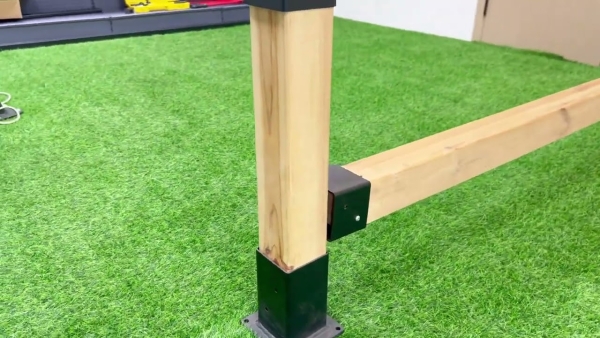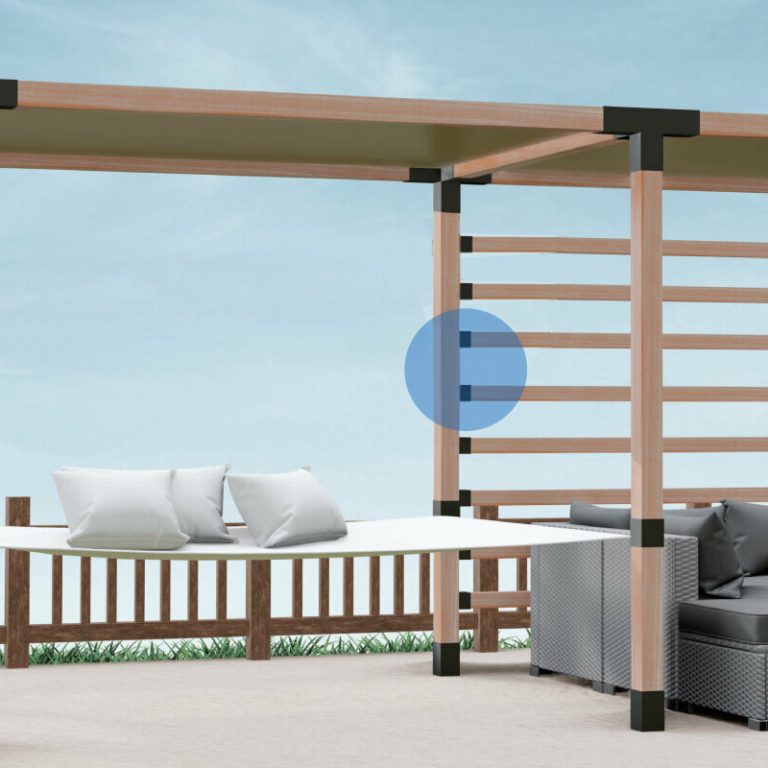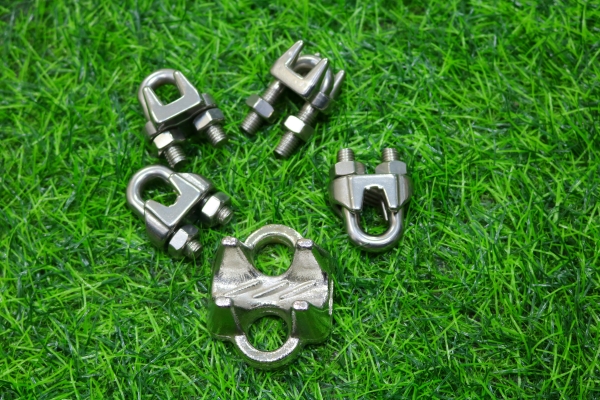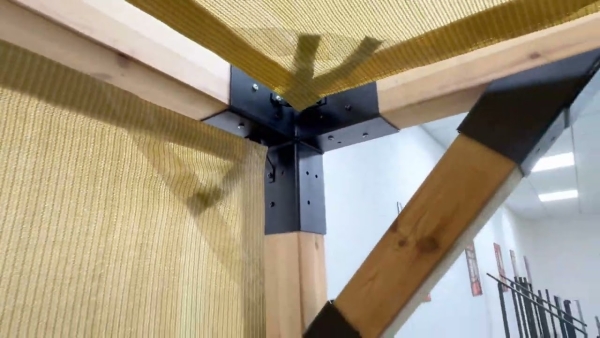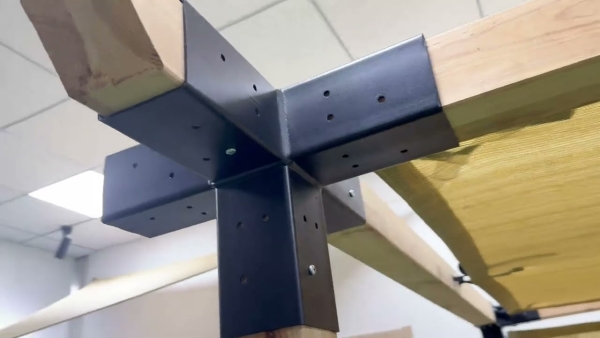Table of Contents
Les avantages de l’utilisation de bois de haute qualité pour construire une pergola
Comparaison des pergolas en aluminium et en bois : quelle est la meilleure option ?
En conclusion, les pergolas en bois et en aluminium ont chacune leurs propres avantages et inconvénients. Les pergolas en bois offrent une option naturelle et personnalisable pour les structures extérieures, mais elles nécessitent un entretien régulier pour éviter tout dommage. Les pergolas en aluminium, en revanche, sont durables, nécessitent peu d’entretien et ont une apparence moderne, mais elles peuvent être plus chères et moins personnalisables que les pergolas en bois. En fin de compte, la meilleure option pour construire une pergola dépendra des préférences, du budget et des capacités d’entretien du propriétaire.
When it comes to building a pergola, one of the key decisions that needs to be made is the choice of material. Timber and aluminum are two popular options for constructing pergolas, each with its own set of advantages and disadvantages. In this article, we will compare the two materials to determine which is the best option for building a pergola.
Timber has been a traditional choice for building pergolas for many years. It is a natural material that adds a rustic and classic look to any outdoor space. Timber pergolas are also relatively easy to construct, making them a popular choice for DIY enthusiasts. However, timber pergolas require regular maintenance to prevent rot, warping, and insect infestations. This can be time-consuming and costly, as the wood will need to be treated and sealed on a regular basis.
On the other hand, aluminum pergolas offer a more modern and sleek aesthetic. They are also lightweight and easy to install, making them a popular choice for homeowners looking for a low-maintenance option. Aluminum pergolas are resistant to rot, warping, and insect infestations, making them a durable choice for outdoor structures. However, aluminum pergolas can be more expensive than timber pergolas, and they may not have the same natural look and feel as timber.
In terms of durability, aluminum pergolas have a clear advantage over timber pergolas. Aluminum is a strong and durable material that is resistant to rust and corrosion. This makes aluminum pergolas a long-lasting option for outdoor structures. Timber, on the other hand, is susceptible to rot, warping, and insect infestations, which can significantly reduce the lifespan of a timber pergola. In terms of maintenance, aluminum pergolas require very little upkeep, while timber pergolas need to be regularly treated and sealed to prevent damage.
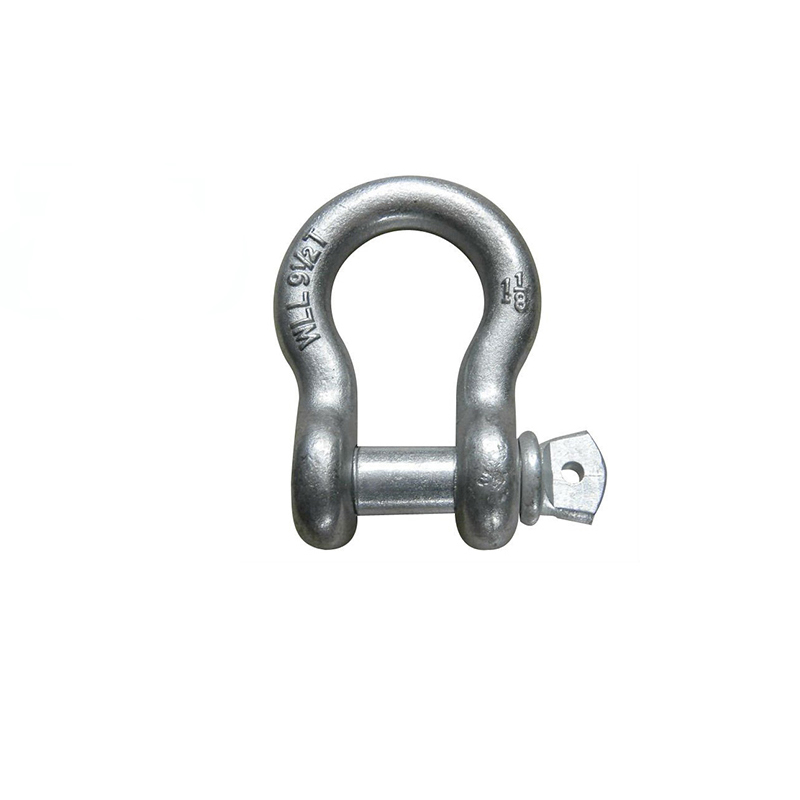
When it comes to customization, timber pergolas have an edge over aluminum pergolas. Timber can be easily cut and shaped to create unique designs and patterns, allowing homeowners to create a pergola that perfectly suits their outdoor space. Aluminum, on the other hand, is more difficult to customize, as it is a rigid material that cannot be easily altered. However, aluminum pergolas are available in a variety of colors and finishes, allowing homeowners to choose a style that complements their outdoor decor.
In terms of environmental impact, timber pergolas have a slight advantage over aluminum pergolas. Timber is a renewable resource that can be sustainably harvested, making it a more environmentally friendly choice for outdoor structures. Aluminum, on the other hand, is a non-renewable resource that requires a significant amount of energy to extract and process. However, aluminum is fully recyclable, making it a more sustainable option in the long run.
In conclusion, both timber and aluminum pergolas have their own set of advantages and disadvantages. Timber pergolas offer a natural and customizable option for outdoor structures, but they require regular maintenance to prevent damage. Aluminum pergolas, on the other hand, are durable, low-maintenance, and modern in appearance, but they may be more expensive and less customizable than timber pergolas. Ultimately, the best option for building a pergola will depend on the homeowner’s preferences, budget, and maintenance capabilities.

